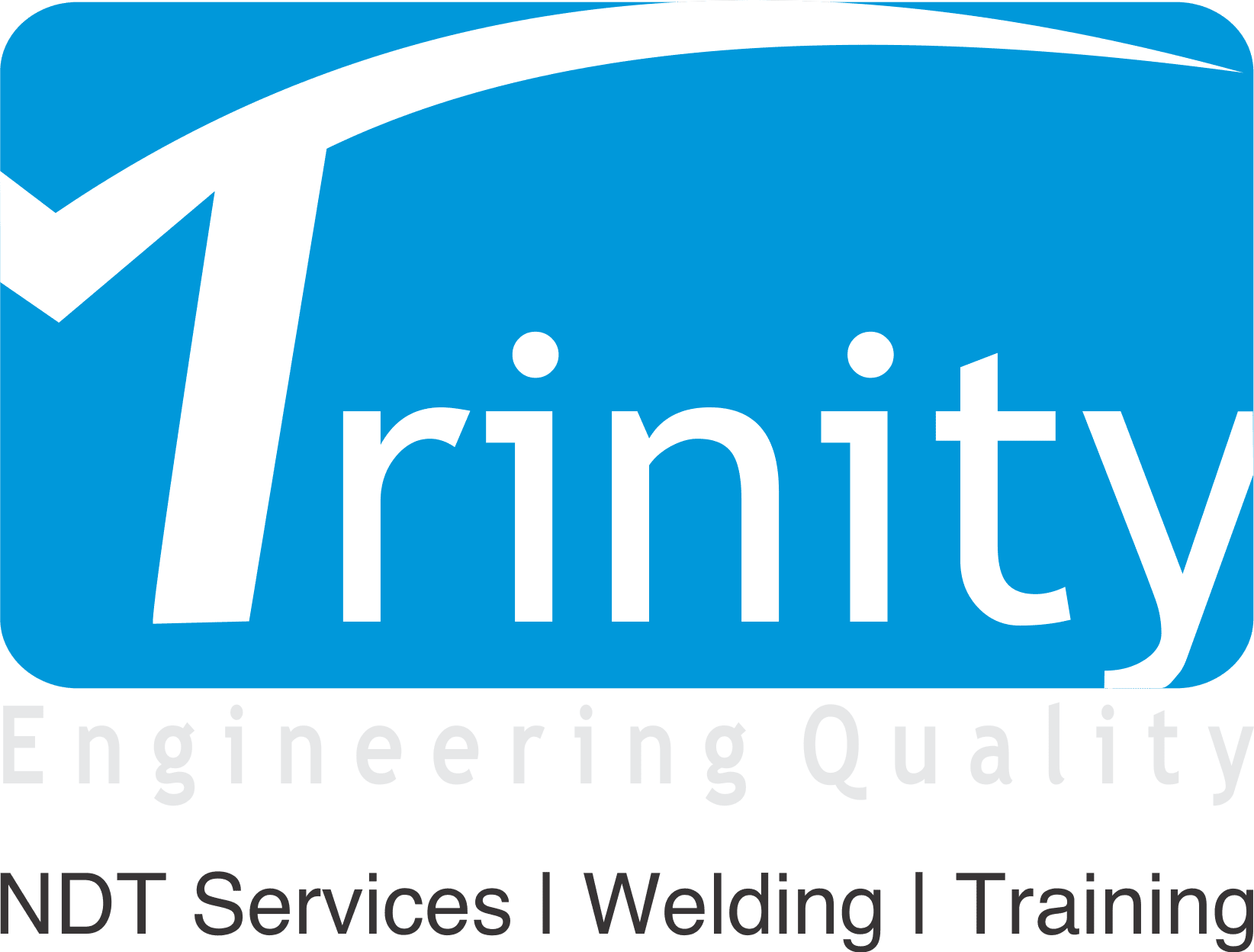The new revision of ASTM E1417 – 2021 has been released and a lot is changing. As a Penetrant testing practicing NDT inspector, here are several changes you should be aware of to amend the procedures and process check list in Penetrant testing.

ASTM E 1417 2021 Edition – Key Changes and Updates
New method A (W) Penetrant Ref ASTM E1417 2021
Work in SAE / AMS Committee K has updated the PT Basic Qualification Specification, AMS-2644. Part of this work is the introduction of a new classification of penetrants, the A (W) penetrants method. Method A (W) penetrants contain water and its water washable (section 5.1.2.2). AMS 2644 defines a Method A (W) penetrant as having 20% or more water by volume. ASTM E1417 requires a weekly check of the water content of method A (W) penetrants using a refractometer.
Extended shelf life (Ref section 6.5.3 of ASTM E1417 2021)
Penetrants that have passed their initial shelf life are considered acceptable for use as long as they pass all required quality controls. Re-certification by the manufacturer is not required. Quality control exceptions for aerosols and single-use materials have also been added in ASTM E1417 2021.
Update of method A by immersion (Ref Section 7.3.1.4 of ASTM E1417 -2021)
If you are using Penetrant testing Method A (water washable) penetrants and using water immersion to remove excess bleeding, a final spray rinse is now required.
Indication swabbing with QPL solvents (ASTM E 1417 – 2021 section 7.6.3.1)
During the evaluation, an indication may be wiped off with a damp solvent swab and revealed again. Acceptable solvents are isopropyl alcohol, acetone, or solvents / solvents approved by QPL-AMS-2644.
Comparative quality controls
When checking system performance, a performance gap between materials in use and new unused materials typically requires comparative cleaning and sensitivity checks. With the 2021 recent revision of E1417, these specific checks are no longer mandatory (sections 7.8.3.2, 7.8.3.3 and 7.8.3.4 have been removed). Instead, PT Sensitivity 3 (III) sets the investigation on the deviation. This change allows level 3 (III) to determine what quality checks would be required to diagnose and resolve the problem.
No warm-up time required for UV-A LED sources
Previous revisions of ASTM E1417 required a minimum of ten minutes warm-up time for all UV-A sources.
Since UV-A LED lights are at full intensity on start-up, an exception to this requirement is included to save operators time and reduce the amount of downtime before inspection. The ten minute warm-up time is always a requirement for all non-LED UV-A sources.
Changes to process control and calibration requirements (Table 1) in ASTM E 1417 2021 Edition
In this revision, there are several changes regarding the frequency of process monitoring and calibration requirements, including:
The frequency of lights for use in penetrant testing with an update every quarter to semi-annual.
The frequency of UV lamp integrity checks is updated from weekly to every days.
The frequency of calibration of water pressure, water temperature and pressure gauge air pressure is updated from twice a year to once a year.
The frequency of checking the drying ovens is updated quarterly through half-yearly.
Read more about Codes Standards Specifications NDT commonly used in Welding Inspection
Visit Trinity NDT Dye Penetrant testing DPT services facility and Aerospace FPI testing labs in Bangalore, India

